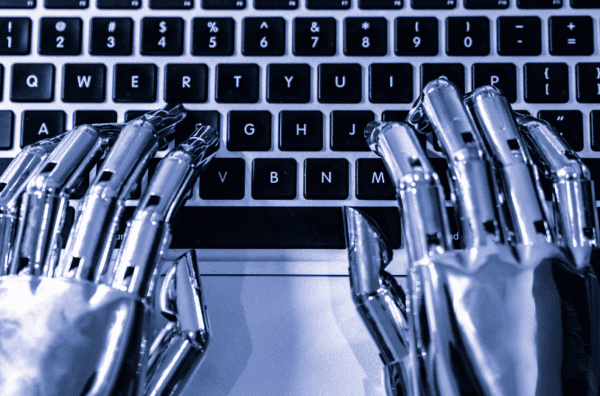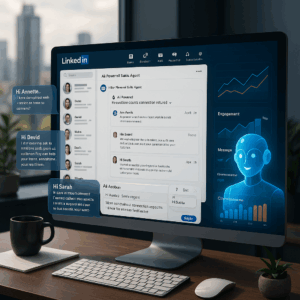The rise of artificial intelligence (AI) in content creation has sparked debates about the role of AI in producing content and how it compares to human-created content. While AI can generate content at a rapid pace and with a high degree of accuracy, human content still offers unique perspectives, creativity, and emotional intelligence that cannot be replicated by machines. So, which one is better? The answer lies in finding the right balance between the two.
What is AI Content?
AI content is created using natural language processing (NLP) algorithms that analyze data and generate text, videos, images, or audio. AI-generated content can be used for a wide range of purposes, including news articles, social media posts, chatbots, and product descriptions. AI content has several advantages over human-created content, such as speed, scalability, and cost-effectiveness. AI can also generate content in multiple languages and can analyze vast amounts of data to identify trends and insights.
What is Human Content?
Human content is created by writers, designers, and other creative professionals who bring their unique perspectives, experiences, and emotions to the content they produce. Human-created content is often more personal, engaging, and empathetic than AI-generated content. Human content creators can add nuances, subtleties, and cultural references that AI may not be able to understand or replicate. Additionally, human content can foster a sense of connection and trust with the audience, helping to build long-term relationships.
The Key
The question of whether AI content or human content is better is not a straightforward one. Instead, the answer lies in finding the right balance between the two. While AI can produce content quickly and accurately, it may lack the emotional intelligence and creative flair that human content can offer. On the other hand, human content can be time-consuming and expensive to produce and may not be scalable.
To strike the right balance, companies can use AI to generate basic content, such as product descriptions or news articles, while reserving more creative and emotionally engaging content for human content creators. By combining the speed and scalability of AI with the creativity and emotional intelligence of human content, companies can deliver a personalized and engaging content experience for their audience.
In addition, companies should prioritize transparency when using AI in content creation. This means being upfront about when AI is being used to create content and how it is being used. Customers should have the option to opt-out of receiving AI-generated content if they prefer human-created content.
Conclusion
AI content and human content both have their strengths and weaknesses. While AI can produce content quickly and accurately, human content can offer unique perspectives and emotional intelligence that AI may not be able to replicate. The key is to find the right balance between the two, using AI for basic content and reserving more creative and engaging content for human content creators. Ultimately, the goal is to deliver a personalized and engaging content experience for the audience, while also ensuring transparency and ethical use of AI in content creation.
This article was created in partnership with Chat GPT





